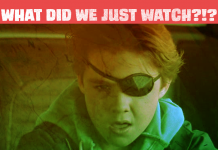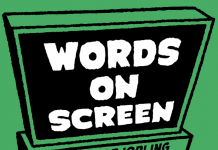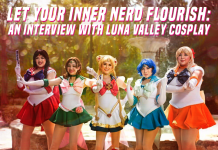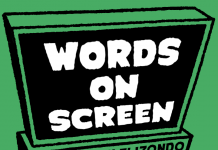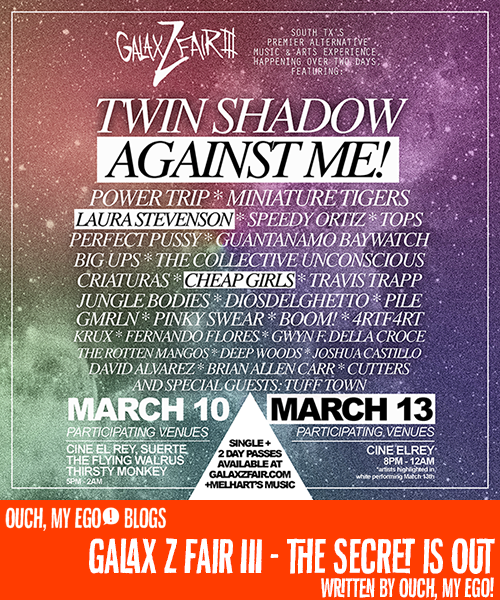As both a white girl and a non-manga consumer, I am prepared for my opinion not to be taken seriously. But, as an avid moviegoer, I have to say 2017’s Ghost in the Shell is an impressive work not only visually, but also in its capable storytelling.
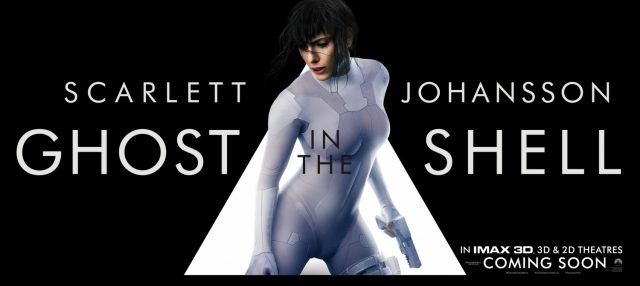
Ghost in the Shell is set in a futuristic world where it is not uncommon for humans to have cybernetic “enhancements,” with Hanka Robotics as the looming corporate leader in those technological advancements. Hanka developed a way to incorporate a human brain into a robot body, with the brain being the soul – or, ghost – and the body being the shell. And thus we have Major Mira Killian, the heroine of our story and breakout fighter of Section 9, anti-terrorist defenders of the metropolis. The narrative develops as Major begins to unlock the secrets of her past with the help of her teammates.
Say what you will about Scarlett Johansson’s flat acting; I’ve been known from time to time to joke that she keeps getting cast in all these android-esque roles because she is one. Something about her eyes makes her perfect for these jobs – her gaze toward you, yet slightly over you. Her natural monotone. Mind you, I normally do find these traits of hers more intriguing than dismissable. And so do casting directors, apparently.
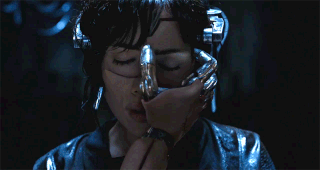
Hollywood wants to make money. I’m not saying that is okay or excusable, but the harsh reality is that this movie needed a star. The sad part is, that need wasn’t for the sake of watchability (admittedly, Johansson doesn’t offer much beyond her inherent android-ness that would make this film suffer without her), but only for the sake of marketing. Producers thought that if a lesser-known Asian actress was cast as Major, Americans likely would not go to see the film. Ironically, the cries of whitewashing were what really hurt the film, which stands to lose a possible $100 million due to poor box office performance.
Personally, though, I’m inclined to agree with Mamoru Oshii, director of the 1995 anime adaptation of the manga, who told IGN he didn’t see a problem with Johansson’s casting. “[Major’s] physical form is an entirely assumed one,” Oshii stated, “…so there is no basis for saying that an Asian actress must portray her.” He goes on to surmise he only sees a political agenda from those who oppose the casting, saying “I believe artistic expression must be free from politics.” So, if you get to the heart of the matter, it’s not relevant what Major looks like on the outside. Her brain is what counts.
WARNING: THIS SECTION CONTAINS SPOILERS
And you can say that’s what this film is trying to tell the audience: that beauty is on the inside, that one’s identity is complicated. Following guidance from her creator, Dr. Ouelet (Juliette Binoche), Major begins to see her hidden memories as more than just glitches. She visits an older woman who is still grieving her runaway daughter, Motoko, and Major’s confusion over the identity of her ghost as manifested in her spotty memory and her assumed identity as a Section 9 officer is seemingly too much for her to handle. She exits, knowing she must find out the truth about Motoko. This is where the existential theme gets a little lackluster. Although Major’s search for self is there, it’s kind of watered down from what it should be. Her quest is more personal journey than pursuit of philosophical truth, with Major only questioning what her memories are and how she came into being (this is where the mantra of “we cling to memories like they define us” really comes into play). The existential challenges of what a soul is and what that might mean to an android aren’t addressed. However, the film concludes with Major and Motoko’s mother embracing in a sad-but-sweet reunion, proving the theme of reconciliation and acceptance. It’s actually a nice bit of closure, but then, we’re left asking, do we really even need closure in a story like this?
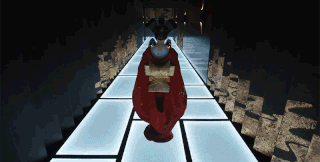
If you’re going to see this film in the theater, I recommend you check out the 3-D version. I don’t normally think much of 3-D filmmaking past its gimmick, but in this film, the 3-D functions to help fully immerse you into the world of New Port City. The city itself is one of Blade Runner proportions, vertical and expansive. Except, the neon color palette chosen gives the film a refreshing, almost uplifting scifi appeal, even among the sociological gloom of this futuristic world. It’s unfortunate, though, that the film’s action sequences felt so light – I was hoping for more creativity and, I’ll be honest, violence. In a film like this, the possibilities are endless as far as pushing boundaries for strangeness and intensity, but most of the action felt held back – most likely in effort to ensure a PG-13 product.
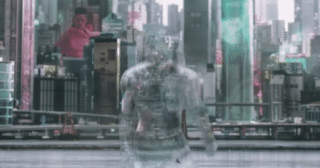
Let me stress again I have never looked at the Ghost in the Shell manga or seen the anime film (or series), so I am basing this review only from the perspective that this film is an entirely separate entity. That said, I found 2017’s Ghost in the Shell to be visually impressive, interesting enough, and oddly sweet. But I can’t help but feel that this version of the story only scratches the surface of what it could (and should) be. And, don’t worry, anime fans, this experience has inspired me to take a dive into the source material.




